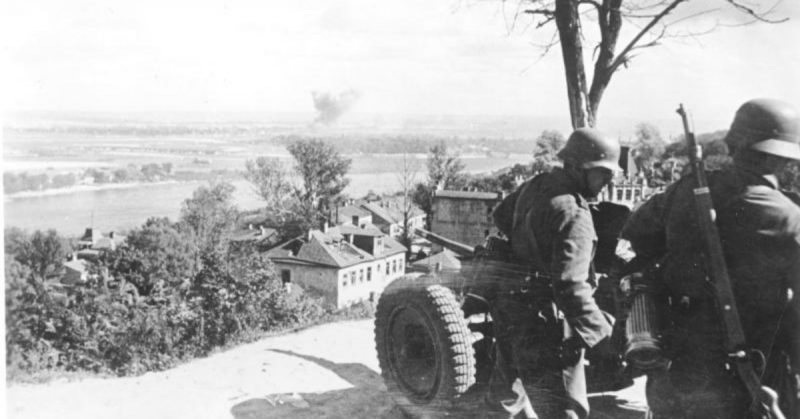More than 600,000 people were lost during this battle, including those who had gone missing or been taken prisoner as well as those who were killed.
The First Battle of Kiev began on August 7, 1941. It was one of the greatest stages of Operation Barbarossa with attacks, resistance, and counterattacks all failing. This was the situation on the Soviet’s Southwestern Front.
It all happened too fast and escalated even faster. The German Army moved quickly towards Kiev and tried to capture the city. It would be remembered as the greatest encirclement in the history of warfare.
German armored tank divisions could move with speed. The troops were well-trained and had the necessary equipment. They advanced hundreds of miles into Soviet territory to further the ambitions of their leader.
Hitler wanted to deprive the Soviets of their resources and factories, so he put in place Directive 33 on July 19, 1941. The world was holding its breath to see who would be the victor in this vicious battle between two superpowers.
The German generals were against Hitler’s directives. They were of the opinion that Moscow had to be captured first. But Hitler had other ideas in mind.
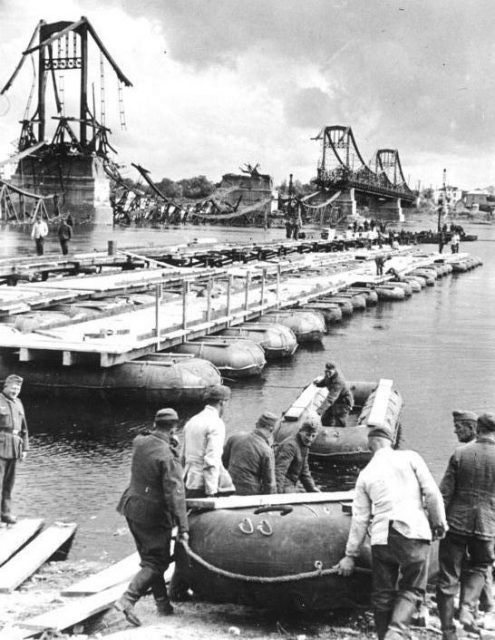
After the order had been given, two smaller groups were detached from Army Group Center — the 2nd Panzer Group and the 2nd Army. They were sent south, on a mission to start the encirclement of The Southwestern Front. They would meet with the 1st Panzer of Army South Group which was headed towards the southwestern side.
The Southwestern Front, which was held by the Red Army, was trying to counterattack and break through the circle, but the Germans were everywhere.
By September 12, 1941, the 1st Panzer Group had progressed far enough north that they were crossing the Dnieper river. On September 16, they made contact with the 2nd Panzer Group and continued south, arriving at the town of Lokhvista, 120 miles east of Kiev.
The Soviet General Budyonny, who was in charge of The Southwestern Front, started to realize that they would soon be stuck and surrounded.
The Red Army was at the mercy of the Germans. Budyonny and his men were left with no options. The Germans had managed to capture them successfully through a massive encirclement movement. With the German Army’s infantry joining together in this way, the fate of the Soviets was sealed at Kiev, even though they fought hard.
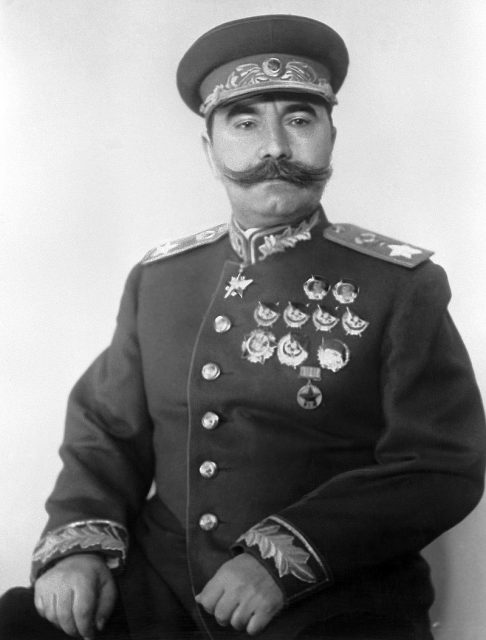
Kiev had effectively fallen by September 19, but the encircled troops continued to put up a fight. The Red Army’s 5th, 26th, 21st, 38th, and 37th Army were captured inside the circle. They fought for about ten more days, but everything was falling apart.
The Southwestern Front was about to disintegrate, and a lot of lives would be lost among the civilians too. More than 600,000 people were lost during this battle, including those who had gone missing or been taken prisoner as well as those who were killed.
Some troops tried to withdraw. Soviet Generals like Mikhail Kirponos and others were murdered. Only a fraction of 15,000 troops managed to escape the encirclement.
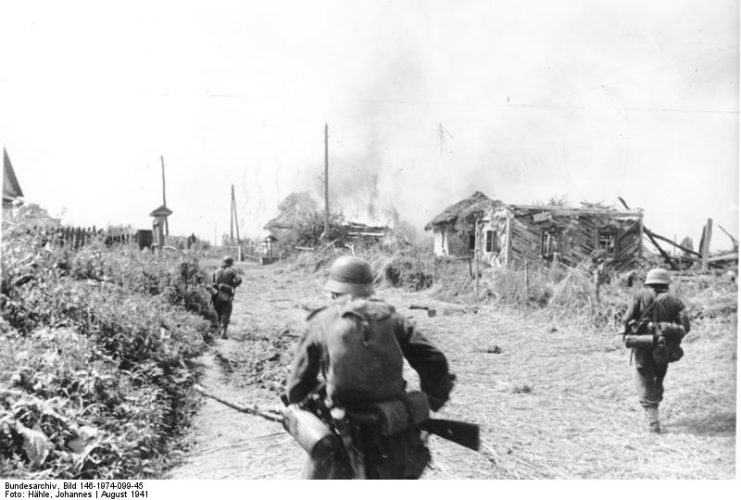
General Guderian’s decision to turn south was one of the moves that enabled the encirclement to succeed. The Soviets, on the other hand, had been scattered and that weakened them. Their defensive and counter-offensive tactics resulted in a terrible defeat.
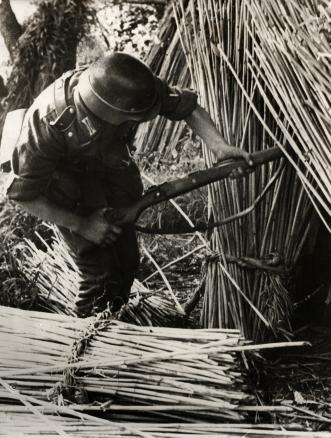
Germany’s initial invasion started out with more than 500,000 men while the Soviets had more than 700,000. During the battle, the Germans lost only 45,000 men while the number of Soviet causalities was staggering. More than 600,000 men were either killed, captured or missing. In addition, more than 84,000 were sick or wounded.
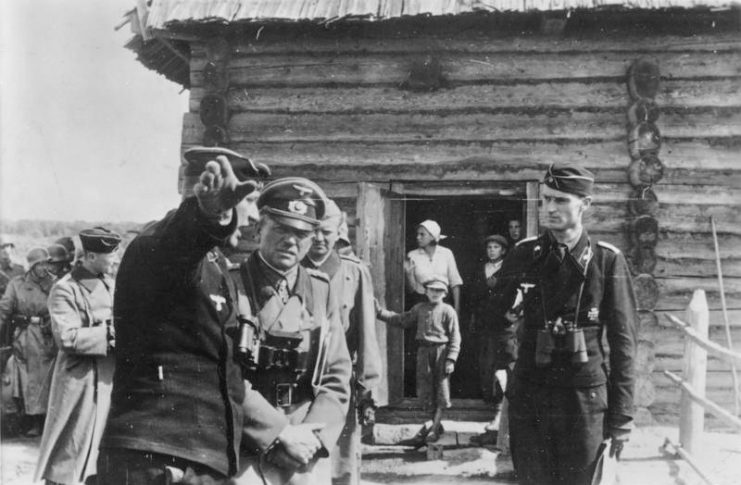
The Red Army’s loss of resources after this battle made it hard for them to recover. More than 400 tanks had been destroyed as well as 343 aircraft and nearly 30,000 guns and mortars.
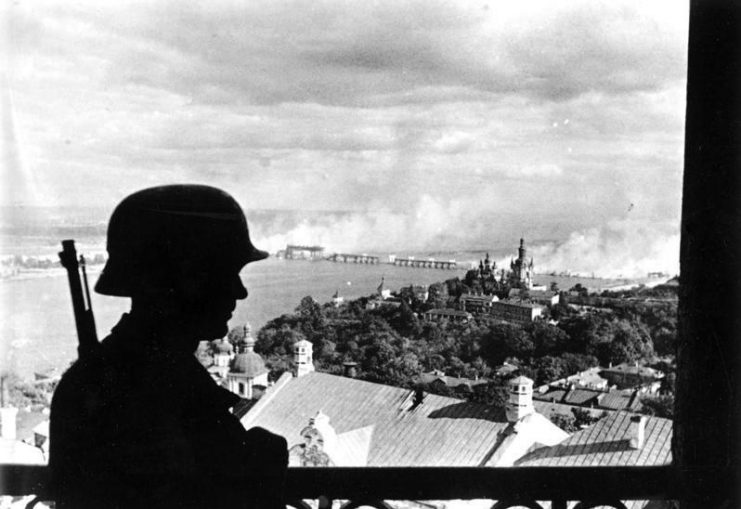
It’s possible that this battle subtly impacted on the course of the war. If Hitler had not rejected the advice of all his generals and had proceeded to take Moscow instead, maybe history would have been different. The Germans might have won this battle, but their delay in taking Moscow was fatal.
This opinion is borne out by one of the German commanders who commented after World War 2 was over that going for Kiev first was a huge mistake. Choosing Kiev meant that Operation Typhoon was delayed until October. He said that if they had gone for Moscow first, they would have been able to capture the city before the cold Russian winter set in.
